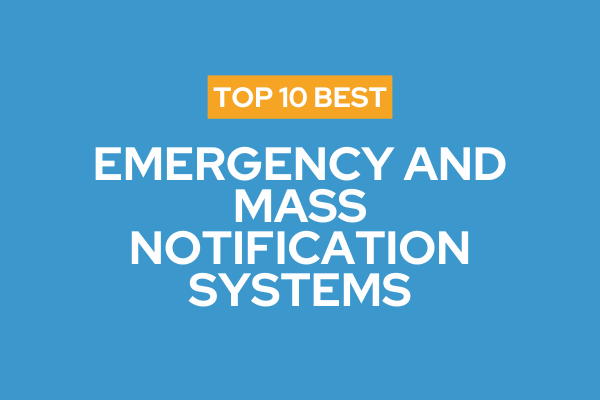
Top 10 Emergency and Mass Notification Systems
Discover the top 10 Emergency & Mass Notification Systems for 2025—features, use cases and benefits to speed alerts, protect people and maintain continuity.
Published on October 23, 2025
Last updated on November 27, 2025
In today’s hyperconnected business environment, cyber threats are no longer isolated IT issues—they are critical operational risks that can disrupt entire organisations. From data breaches and ransomware attacks to insider threats and compliance failures, the digital risk landscape continues to evolve at pace.
As a result, enterprises require cybersecurity solutions that not only defend against attacks but also integrate with broader business continuity and operational resilience frameworks. Cybersecurity software plays a pivotal role in safeguarding systems, networks, and data from malicious activities. However, for large organisations, it must do much more than detect and block threats. It must enable visibility, facilitate governance, support compliance, and align with strategic risk management.
Below, we explore the top cybersecurity software that supports enterprise resilience and proactive security management.
Cybersecurity software refers to a suite of digital tools designed to protect IT systems, networks, and data from unauthorised access, disruption, or damage. It encompasses endpoint protection, network security, identity management, and threat intelligence capabilities, among others.
For enterprises, cybersecurity software is not simply about defence—it’s about resilience. The most effective solutions integrate with business continuity and risk management systems, enabling coordinated responses across departments. This ensures that incidents are contained swiftly, compliance requirements are met, and recovery processes are initiated with minimal disruption.
Choosing the right cybersecurity platform requires an understanding of the essential capabilities that support enterprise resilience. Look for these key features:
Real-time identification and mitigation of cyber threats across networks, systems, and endpoints, enabling rapid response to potential incidents.
Safeguards all user devices—desktops, laptops, and mobile endpoints—from malware, ransomware, and unauthorised access attempts.
Controls who can access systems and data, enforcing authentication, authorisation, and least-privilege principles to prevent insider risks.
Identifies and prioritises system vulnerabilities to reduce the attack surface and guide remediation efforts.
Supports structured incident response workflows, centralised reporting, and root cause analysis to improve future resilience.
Facilitates compliance with frameworks such as ISO 27001, NIST, and GDPR through automated audit trails and documentation.
Allows seamless integration with risk management, GRC, and business continuity tools to deliver unified resilience oversight.
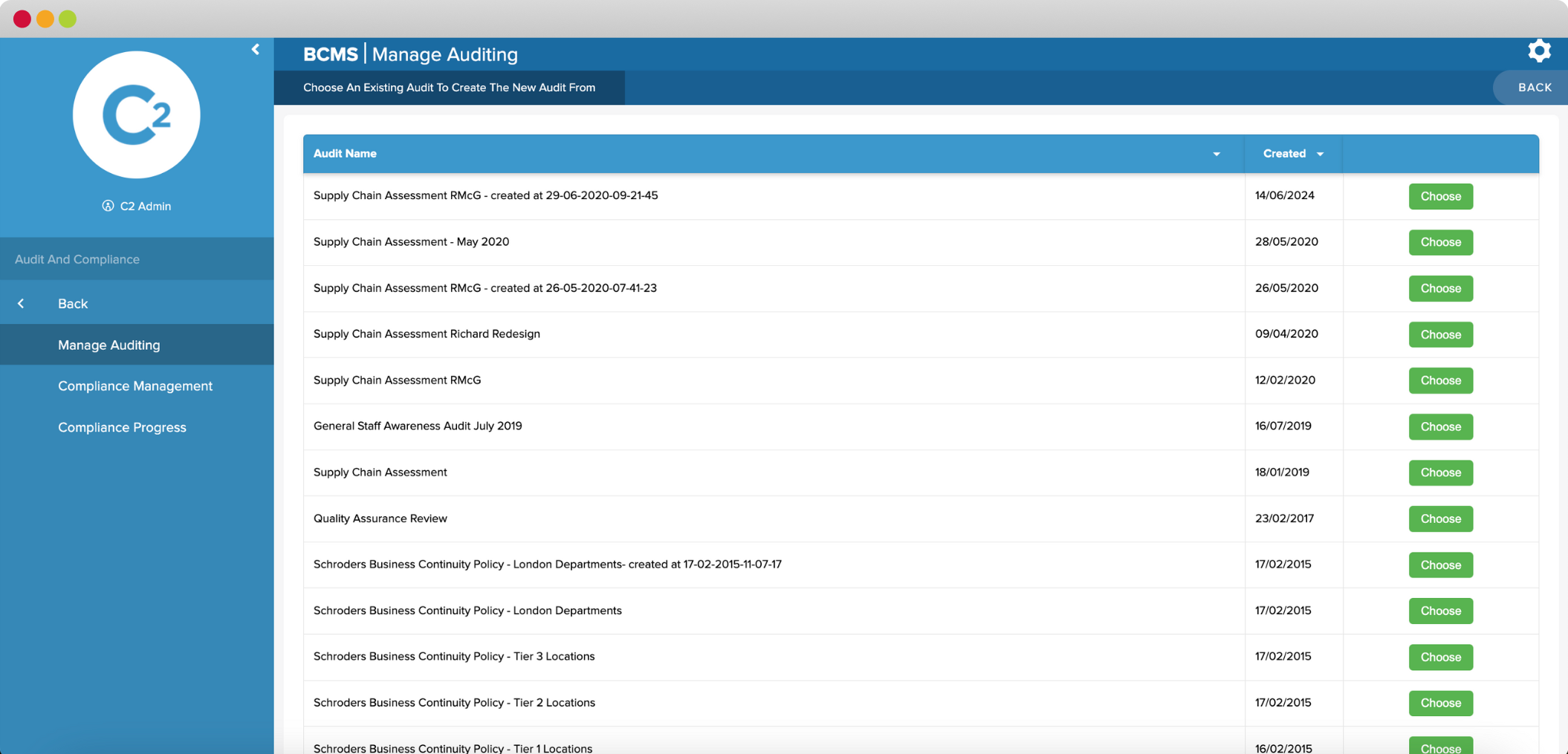
Continuity2 offers an integrated approach to cybersecurity and operational resilience. Built with enterprise continuity at its core, its cybersecurity module provides real-time risk visibility, threat monitoring, and automated incident escalation across complex networks. The platform integrates with existing GRC and risk systems, providing a single source of truth for digital and operational risk.
Key Features:
Best for: Large organisations seeking an integrated platform for cybersecurity, continuity, and resilience management.
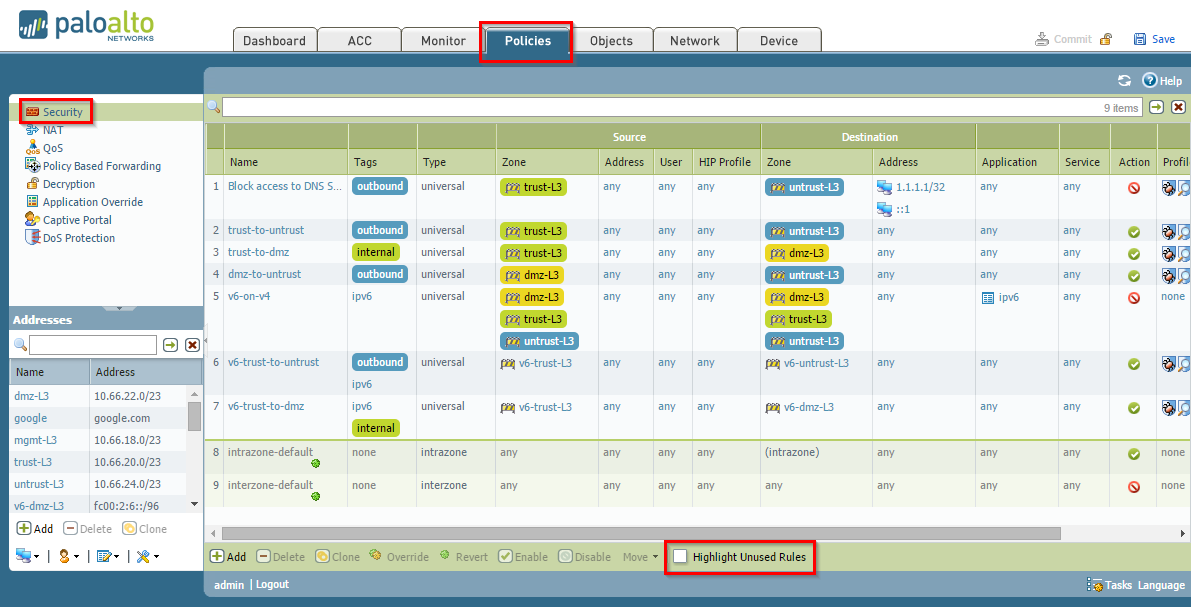
Palo Alto Networks provides advanced endpoint, network, and cloud detection and response capabilities powered by machine learning. It integrates behavioural analytics and AI-driven correlation to identify sophisticated threats.
Key Features:
Best for: Enterprises prioritising AI-driven analytics and cross-domain detection.

CrowdStrike is a cloud-native endpoint protection platform combining antivirus, EDR, and threat intelligence. Its lightweight agent enables continuous protection without compromising system performance.
Key Features:
Best for: Organisations needing agile endpoint protection and strong threat intelligence.

Microsoft Defender integrates deeply with Microsoft 365, offering extended detection and response across devices and cloud applications. It provides built-in threat analytics and vulnerability management.
Key Features:
Best for: Microsoft 365 environments seeking comprehensive native protection.

Cisco offers a cloud-native platform unifying visibility across Cisco’s security portfolio. It accelerates threat response by automating workflows and correlating alerts across endpoints, networks, and clouds.
Key Features:
Best for: Enterprises using Cisco infrastructure seeking unified security orchestration.
Sophos leverages deep learning AI to prevent malware, ransomware, and exploits before they cause damage. It combines endpoint detection and response (EDR) with powerful anti-exploit capabilities.
Key Features:
Best for: Mid-to-large organisations needing proactive ransomware protection.
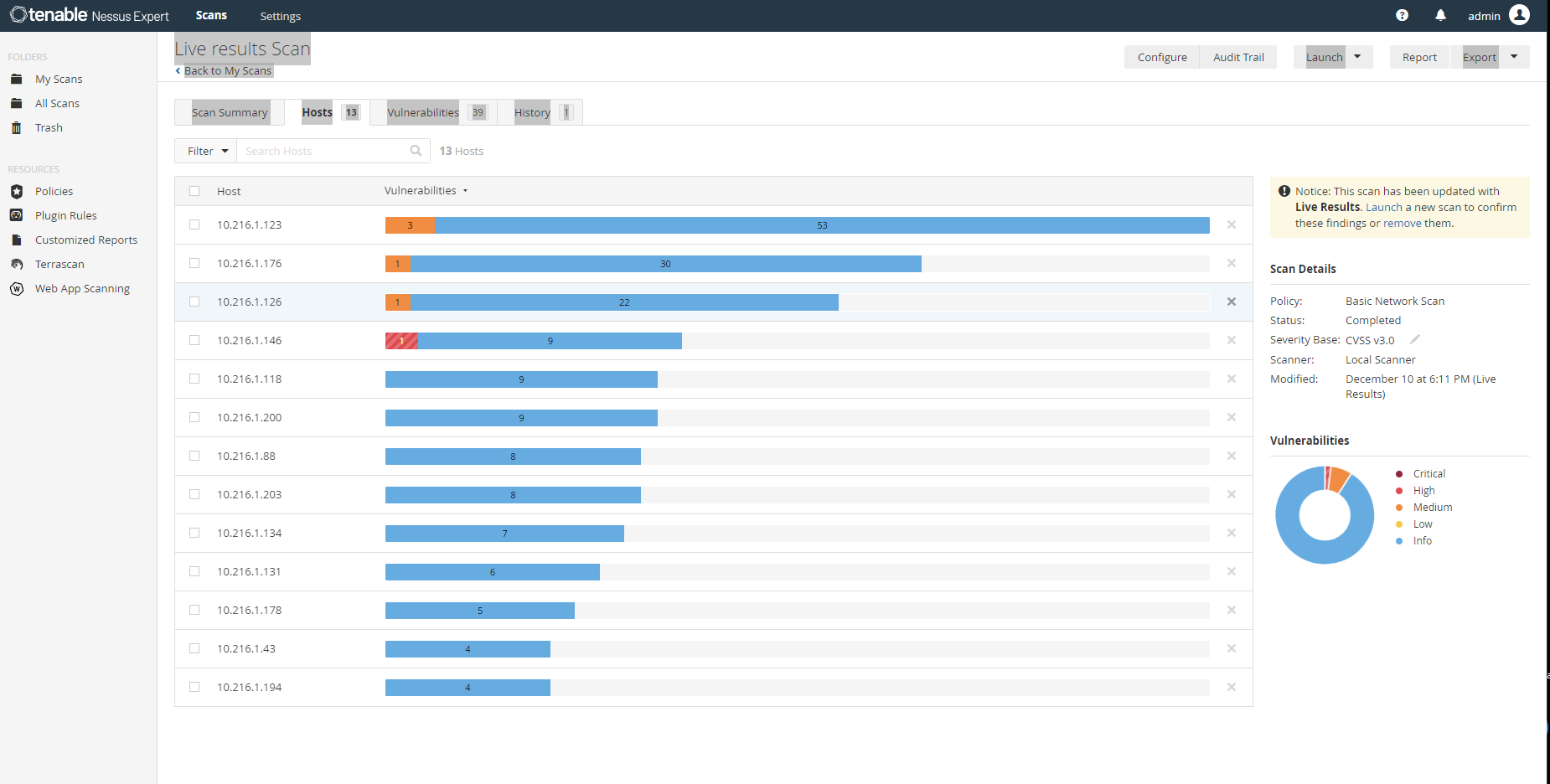
Tenable focuses on continuous vulnerability assessment and exposure management. Its advanced analytics quantify cyber exposure and guide prioritised remediation.
Key Features:
Best for: Enterprises focusing on vulnerability management and continuous monitoring.

CyberArk delivers privileged access management (PAM) and identity security for high-risk environments. It helps organisations enforce least-privilege access and monitor all privileged sessions.
Key Features:
Best for: Regulated industries requiring stringent identity and access governance.
Cybersecurity software delivers comprehensive protection and operational efficiency by uniting visibility, compliance, response, and resilience under a single, intelligent framework.
Enterprise cybersecurity software consolidates data across networks, endpoints, and users. This visibility supports faster risk assessment and informed decisions, enabling leaders to prioritise threats and allocate resources effectively.
Automated compliance tools simplify audit preparation and reduce manual reporting. Integration with frameworks like ISO 27001 and GDPR helps organisations maintain adherence without diverting resources from strategic security operations.
By automating alerting, escalation, and remediation workflows, cybersecurity software accelerates incident response. This limits downtime, minimises damage, and preserves stakeholder confidence.
Centralised cybersecurity management reduces the need for multiple point solutions. Automation further decreases manual intervention, freeing teams to focus on strategic initiatives.
By embedding cybersecurity into continuity planning, organisations can better withstand disruptions. This integration ensures that recovery procedures, communication plans, and incident records align with resilience objectives.
In an era where cyber threats directly impact operational resilience, cybersecurity must be an integral component of enterprise risk management. Implementing the right tools supports not just defence but organisational continuity, compliance, and governance.
Continuity2’s platform brings cybersecurity and operational resilience together—enabling real-time threat visibility, automated incident management, and streamlined compliance oversight.
Book a Demo today to learn how Continuity2 can help your organisation strengthen its security posture while enhancing resilience across all business functions.
Founder & CEO at Continuity2
With over 30 years of experience as a Business Continuity and Resilience Practitioner, Richard knows the discipline like the back of his hand, and even helped standardise BS25999 and ISO 22301. Richard also specialises in the lean implementation of Business Continuity, IT Service Continuity and Security Management Systems for over 70 organisations worldwide.


Founder & CEO at Continuity2
With over 30 years of experience as a Business Continuity and Resilience Practitioner, Richard knows the discipline like the back of his hand, and even helped standardise BS25999 and ISO 22301. Richard also specialises in the lean implementation of Business Continuity, IT Service Continuity and Security Management Systems for over 70 organisations worldwide.

Discover the top 10 Emergency & Mass Notification Systems for 2025—features, use cases and benefits to speed alerts, protect people and maintain continuity.
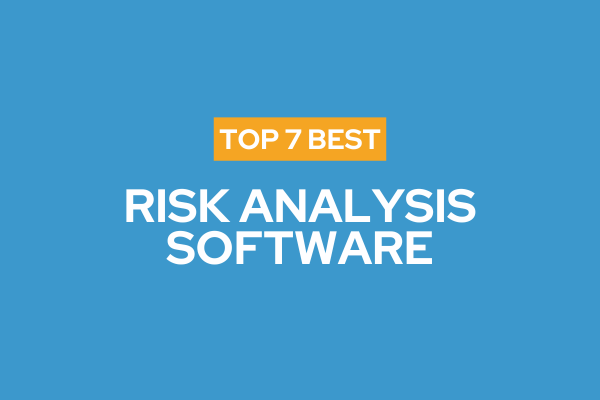
Choose the right risk analysis software to automate assessments, gain real-time insights, meet compliance, and strengthen resilience—see our top 7.
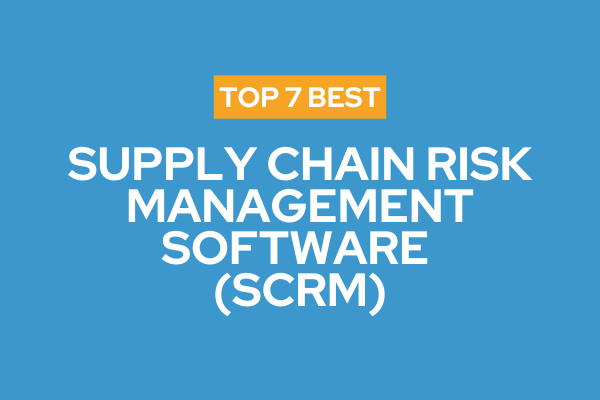
Discover the top 7 Supply Chain Risk Management (SCRM) tools of 2025 to monitor suppliers, predict disruptions, and build supply chain resilience.

Discover the top 8 Disaster Recovery as a Service (DRaaS) solutions—features, benefits and use cases to cut downtime, minimise data loss and meet compliance.

Find the best supply chain management software of 2025 and gain real-time visibility, streamline planning and logistics, and protect business continuity.
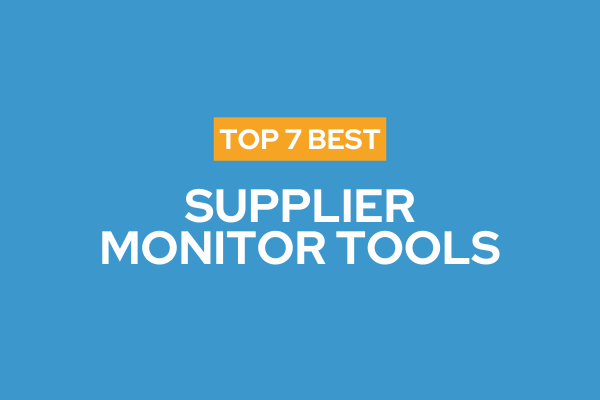
Compare the top supplier monitoring tools of 2025 and find the right software to enhance supplier visibility and protect your supply chain.
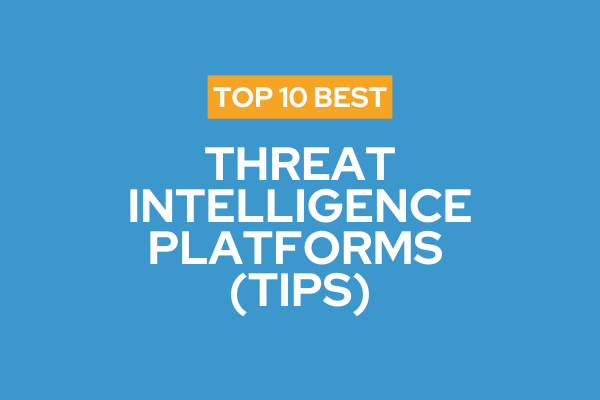
Discover the top 10 Threat Intelligence Platforms of 2025 to detect, analyse, and respond to cyber threats with greater speed and precision.
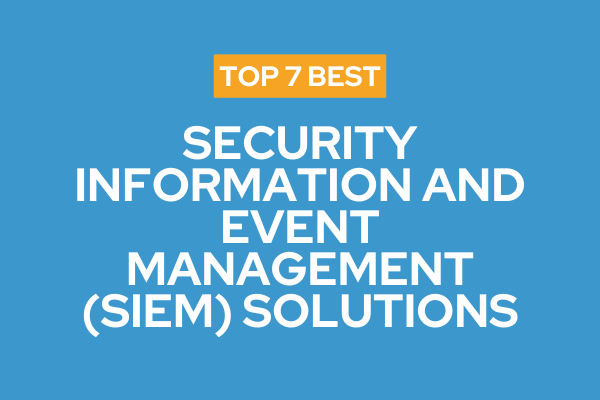
Find the best SIEM tools to detect threats faster, automate incident response, ensure compliance, and strengthen your organisation’s cyber resilience.
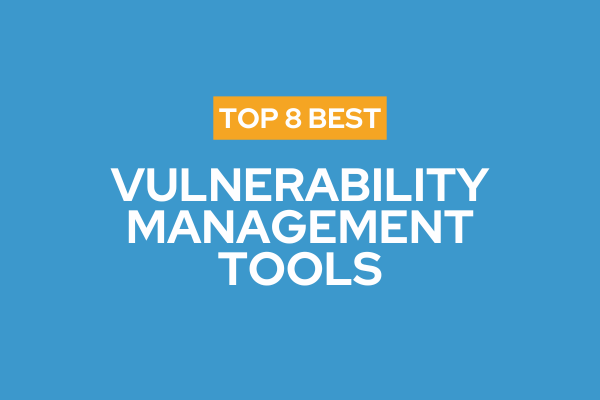
Explore the best VRM software to streamline due diligence, monitor vendors in real time, and support compliance, reporting, and business continuity.